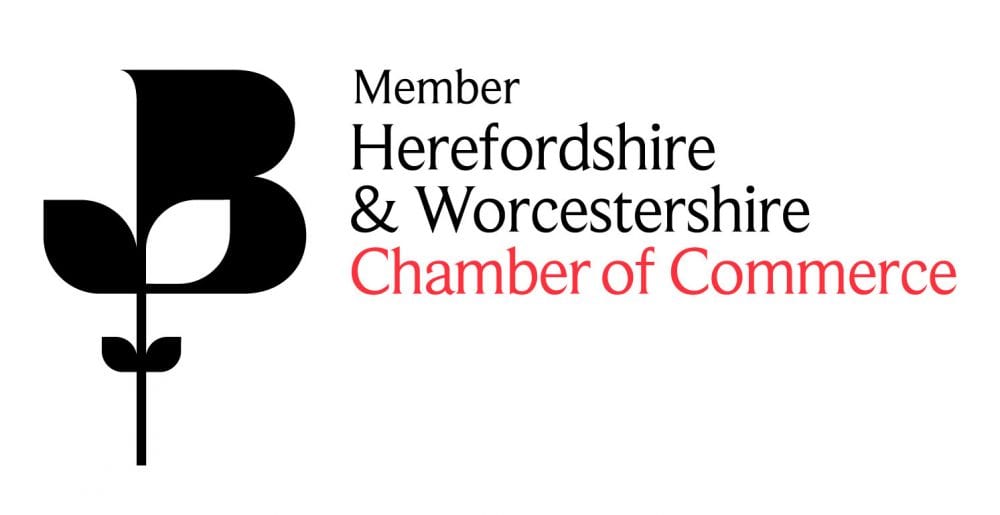Haulage: A logistical money pit?
Identifying the Problem
Operating within the greater Birmingham area with 5 locations all within 20 square miles, they had a captive audience but also a heavily competitive marketplace and so costs to both their locations and clients are key.
Part of the frustration was that with the businesses being so close to one another, at time you could see another locations trucks passing and delivering ‘on their doorstep’. The first step taken was to spend time with the drivers from each location and go out with them for deliveries and stock collections.
What we observed on the part of deliveries was as expected and the cause of much frustration to the individual drivers as they could see the inefficiencies and cost both of time and financially to the company. What we did not expect to see was that on material collections from other stockists and manufacturers, the same was true here also.
Several times we observed that trucks from sister locations were at the same collection points, collecting only part loads and heading straight back to the relevant depot.
Researching the Problem
To support the findings, we produced both visual and tabular outputs highlighting delivery / boundary cross over and also the impact and cost of the time spent with drivers being utilised for other duties such as working in the yard when there we no deliveries and also when sat at a manufacturer for a part load, made worse when this time was not utilised as one of their mandated break period of either 30 or 45 minutes.
The Solution
Location Boundary Policy
Hub & Spoke Distribution Model
- Implement a strict boundary policy to each location. This was based on the geographic trading of their respective top customers and not simply on a radial mile basis. To compliment this, we suggested a profit share scheme whereby the branch taking the order would receive 20% of the profit into their accounts at month end.
- The introduction of a ‘hub and spoke’ distribution model. In line with 1) we proposed a realignment of both vehicles and associated staff so that the process moved towards being customer centric and not largely based on the size of the depot premises. This would lend itself to shorter waiting times for customers for ‘commodity’ items and specialist or ‘special orders’ being able to be delivered either ex-works directly or via one of the smaller vans / pick-ups.
The next step to this implementation was to utilise one of the largest vehicles to become a ‘milk float’. Collect either full loads or part loads from multiple locations and deliver them to the respective branch locations.
The premise behind this being that the largest location had excess grounds not being utilised and so could hold the majority of the stock. The other locations would then reduce their stock holdings to core lines only. Overall, this would reduce the cost profile of their stock holding freeing cash for further expansion / investments.

